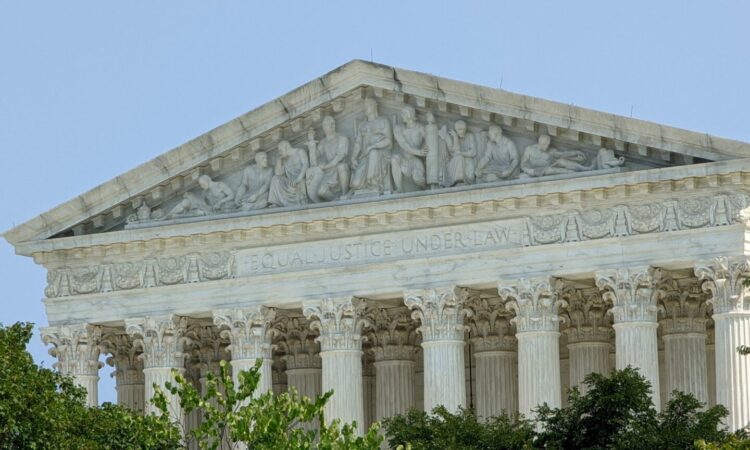
Once upon a time in America, college was expensive, but student loan repayment was usually affordable.
However, inflation and other rising costs have now placed a college degree in a precarious position: Many people cannot afford it without incurring a massive debt load.
And therein lies the issue with the June 30 Supreme Court ruling rejecting President Joe Biden’s student loan repayment forgiveness plan.
To be fair, the student loan forgiveness plan did not simply erase all a person’s debt, only a portion. However, when one is looking at a student loan debt of $38,000 or more, a $10,000 reduction is significant. But some people are leaving college owing $60,000-80,000, depending on where they attend school, what degree they earned and whether they receive any other financial assistance. Overall, the total U.S. student debt is estimated at $1.75 trillion.
For older adults like me, we often left college or university pre-1980 with a significantly smaller debt load. After all, our tuition and fees were generally about $2,500-$5,000 per school year, or $10,000-$20,000 total for four years. Compare that to costs of nearly $11,000 per school year today, or an average total cost of tuition and fees of $44,000 at state schools. Many private colleges and universities are much higher, roughly $60,000 per year at Ivy League schools.
There are four main reasons for the sharp increase, starting with many states cutting their post-secondary budgets. In many states, legislatures have greatly reduced the appropriations for colleges and universities during the great recession of 2009, and they have never rebounded those monies to pre-recession levels.
The budget shortfall for colleges and universities comes at a time when more people have been enrolling in higher education. During more difficult financial times, people tend to return to school to improve or gain skills. This means there is less money available per student and institutions must raise their prices to afford the overflow. But then they usually do not again reduce the costs as enrollments decline once those numbers are in place.
At the same time, colleges and universities expanded their course offerings, which meant hiring more faculty, building new infrastructure and keeping up with technological developments.
Finally, it is the student loan structure itself which creates a problem. Called the “Bennett hypothesis,” it is a system which allows families to say “OK, we can afford this right now because of the loan,” without the family needing to think too deeply about loan repayment. Many for-profit schools take advantage of the Bennett hypothesis by setting a maximum tuition rate and encouraging loans.
For the students trapped in the middle, it is more than uncomfortable to graduate with such a heavy burden. Couple the overall debt with the fact so many of them will graduate only making $30,000-35,000 (or less) in their first job, and they still must do all the normal things to survive (find and set up housing, transportation, pay bills), the specter of a $38,000 debt is overwhelming and can take decade or more to pay off.
One former student of mine once said the $10,000 debt forgiveness would allow her and her husband the opportunity to pay off their overall loan debt faster, and they would be able to buy a house before they turn 40. Overall, she said, the loan forgiveness would allow so many people the opportunity to put more money back into the economy because they had it to spend.
A friend, one who never attended college, argues she always pays off her debts, so she does not know why people who went to college need forgiveness of any kind. In her job she does not need a college degree; but a teacher, engineer or someone whose career depends on a four-year diploma must go through the process and deal with the debt through no fault of their own.
This new Supreme Court ruling will probably now act as a damper on the idea of many people attending college due to the stifling debt. That means the teacher shortage will get worse as will employee shortages in many other fields. It will also constrain overall knowledge, resulting in a less informed and educated public.
GET THE MORNING HEADLINES DELIVERED TO YOUR INBOX






